Inspection is: Quality Compliance promoting safety Protection
How to conduct an inspection?
- Speaking to workers and supervisors about their concerns.
- Understanding the jobs and tasks at your workplace.
- Identifying existing and potential hazards.
- Determining the underlying causes of these hazards.
- Monitoring and evaluating existing hazard controls (e.g., protective equipment, policies and procedures).
- Recommending and implementing corrective action based on the inspection’s findings.
If you discover any safety or health risks, you should take action to promptly eliminate or reduce the chances of a workplace incident. – Ministry of Manpower
Safety Inspections
- Speaking to workers and supervisors about their concerns.
- Understanding the jobs and tasks at your workplace.
- Identifying existing and potential hazards.
- Determining the underlying causes of these hazards.
- Monitoring and evaluating existing hazard controls (e.g., protective equipment, policies and procedures).
- Recommending and implementing corrective action based on the inspection’s findings.
If you discover any safety or health risks, you should take action to promptly eliminate or reduce the chances of a workplace incident. - MOM


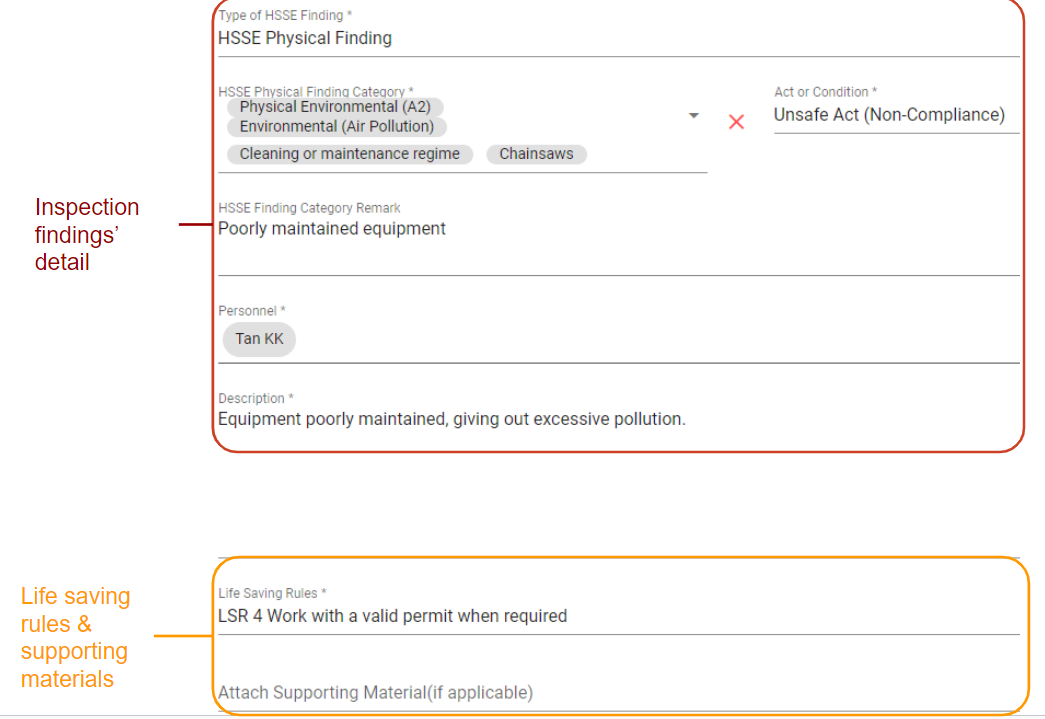
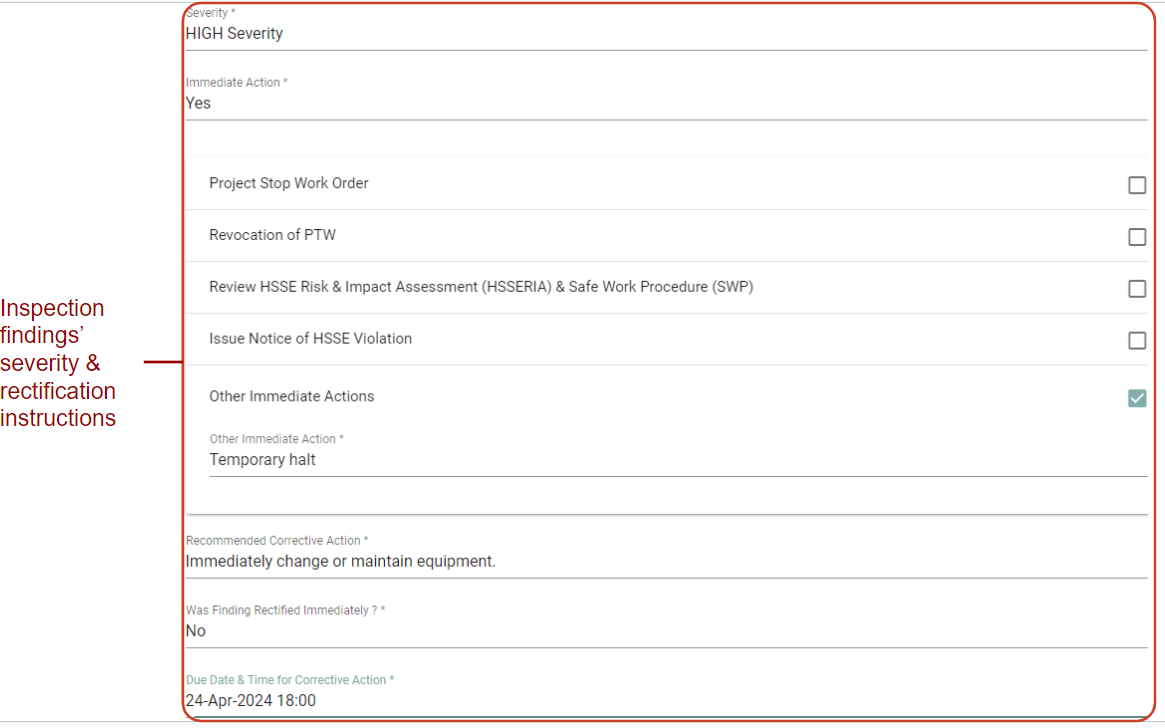
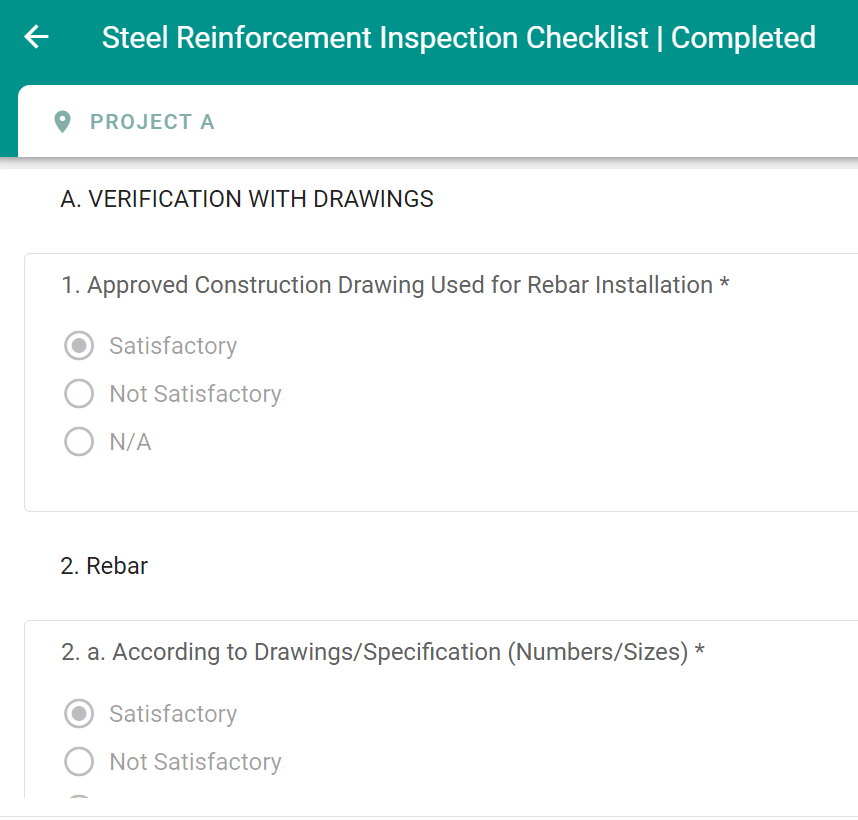
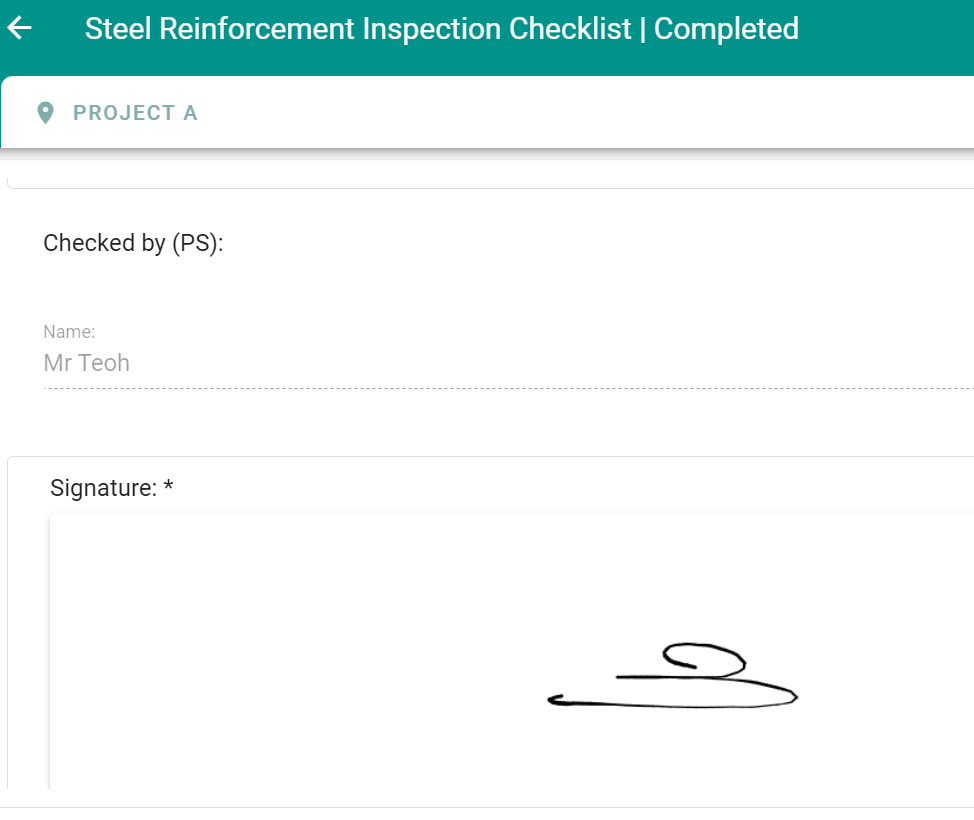
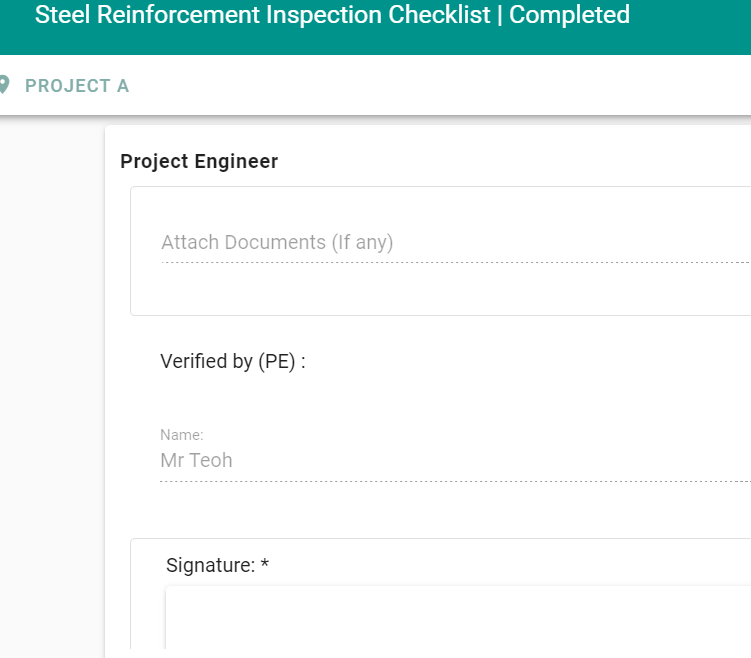
Internal Inspections
External Inspections
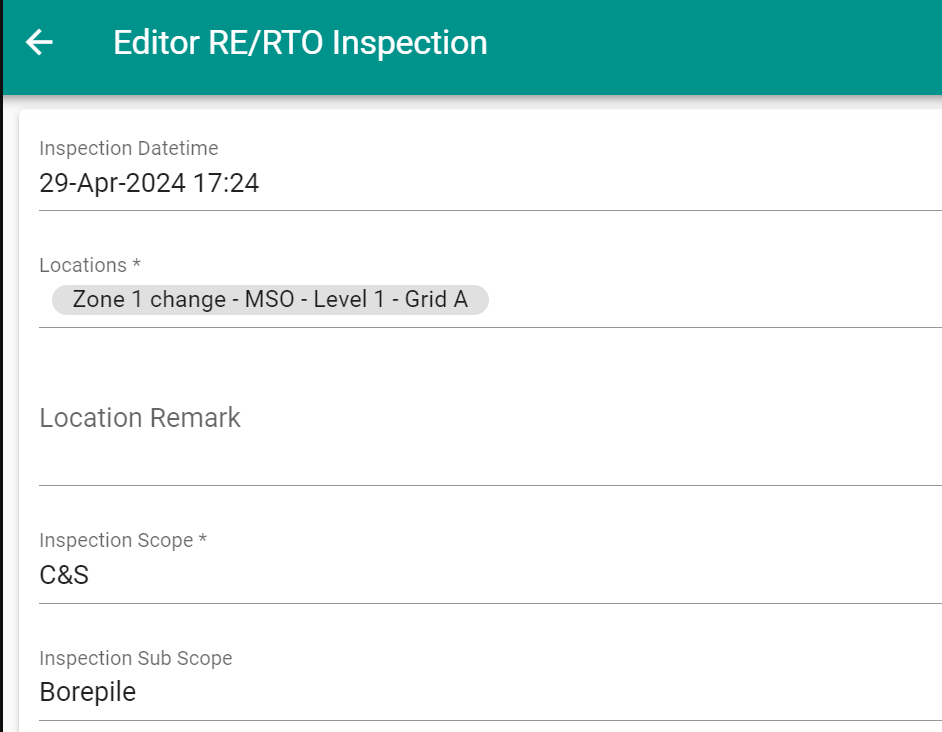
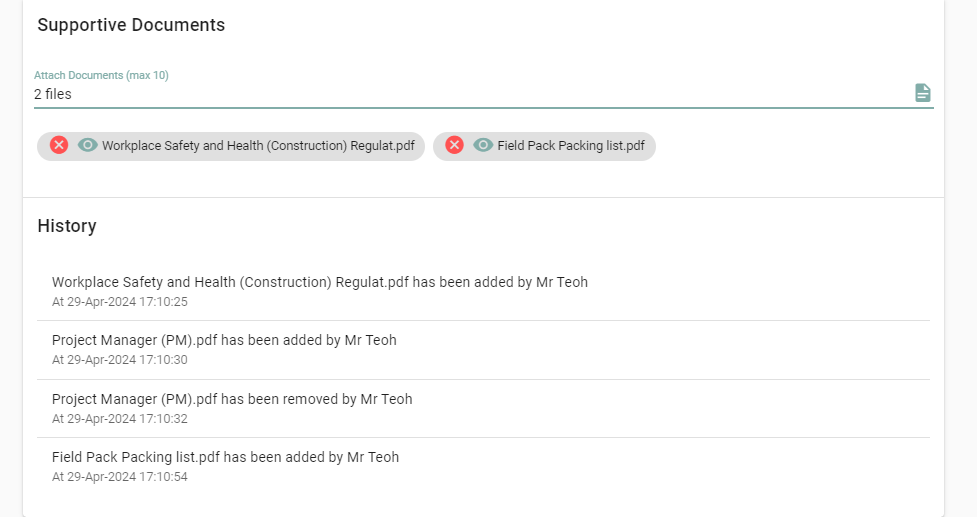
What's Next?
Frequently Asked Questions
No! All 3 inspection modules comes together!
Yes! The Role Based Access Control feature allows you to set-up roles for RE/RTOs to access the RE/RTO feature only and allow them to enter PEER just for the inspection!
E-Permit to Work Is Safer Cost saving Faster
What is E-Permit To Work?
PTW System is an integral part of a safe system of work and can assist in the management of work activities, including non-routine work. PTW is an important element of an effective safety and health management system. It is a formal authorisation system used in an organisation to control selected work activities to ensure safe execution of work onsite.
PTW system is widely used in various industries, including the Oil, Petrochemical, Energy and Chemical (OPEC) Cluster. This system allows Occupiers, PTW Authority and PTW Users to communicate hazards involved in the work activities to enable safe execution of onsite – Ministry Of Manpower
E-Permit to Work Is Safer Cost saving Faster
What is E-Permit To Work?
PTW System is an integral part of a safe system of work and can assist in the management of work activities, including non-routine work. PTW is an important element of an effective safety and health management system. It is a formal authorisation system used in an organisation to control selected work activities to ensure safe execution of work onsite.
PTW system is widely used in various industries, including the Oil, Petrochemical, Energy and Chemical (OPEC) Cluster. This system allows Occupiers, PTW Authority and PTW Users to communicate hazards involved in the work activities to enable safe execution of onsite – Ministry Of Manpower
E-Permit to Work Is Safer Cost saving Faster
What is E-Permit To Work?
PTW System is an integral part of a safe system of work and can assist in the management of work activities, including non-routine work. PTW is an important element of an effective safety and health management system. It is a formal authorisation system used in an organisation to control selected work activities to ensure safe execution of work onsite.
PTW system is widely used in various industries, including the Oil, Petrochemical, Energy and Chemical (OPEC) Cluster. This system allows Occupiers, PTW Authority and PTW Users to communicate hazards involved in the work activities to enable safe execution of onsite – Ministry Of Manpower
